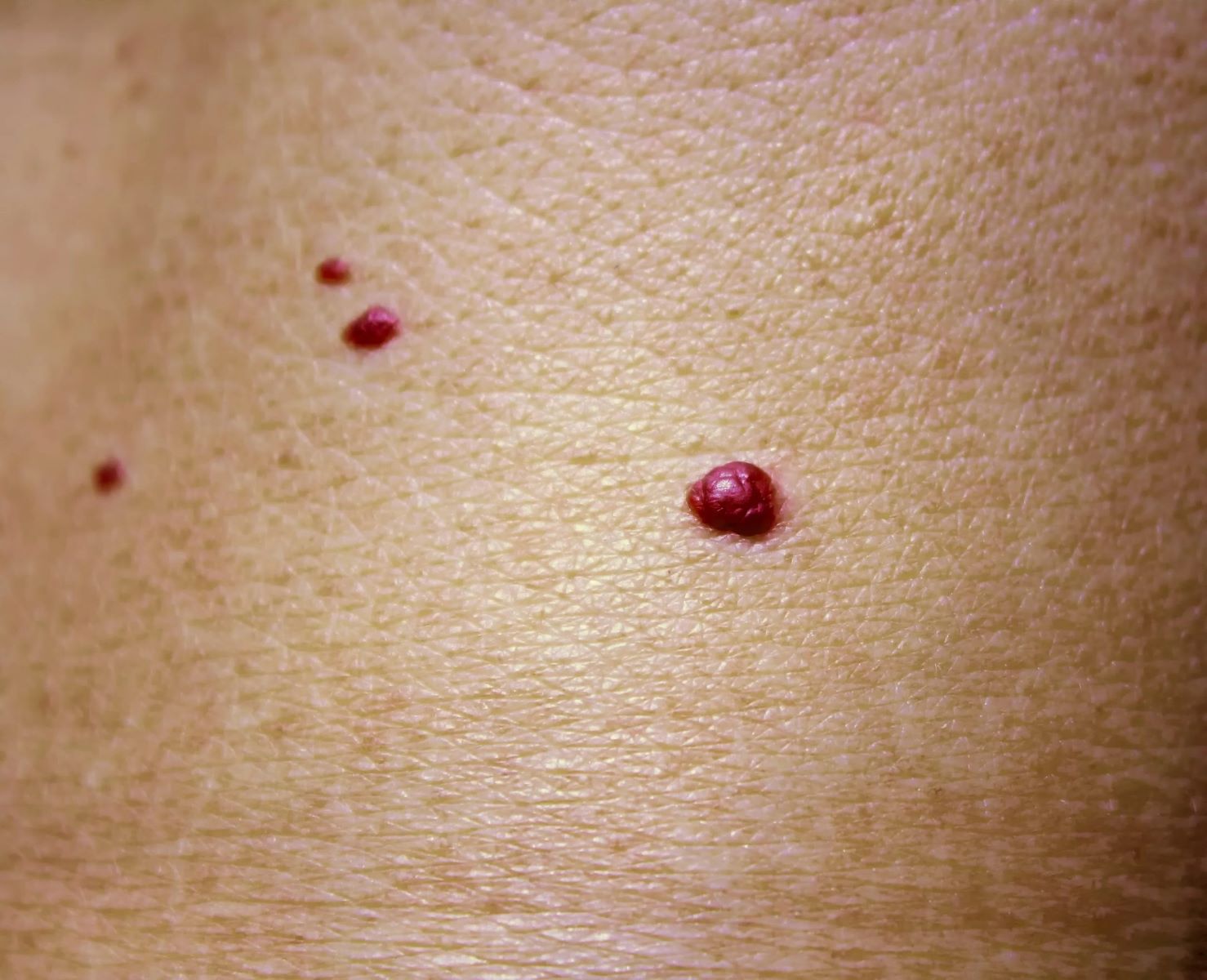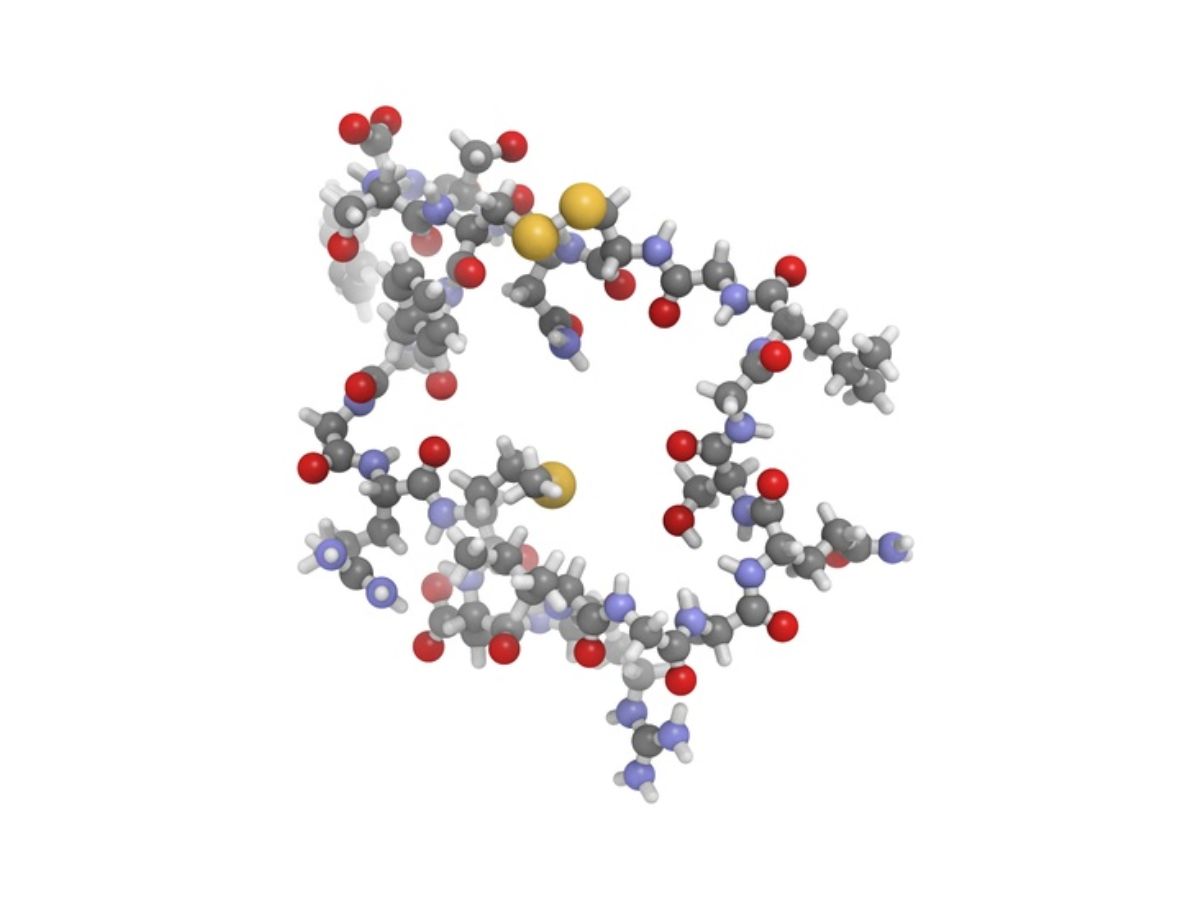
What is an angioma? An angioma is a benign growth made up of small blood vessels. These growths can appear anywhere on the body and often look like small red or purple bumps. Are angiomas dangerous? Most angiomas are harmless and don't require treatment. However, if they bleed frequently or change in appearance, it's best to consult a doctor. Why do angiomas form? The exact cause isn't always clear, but factors like genetics, aging, and certain medical conditions can play a role. Can angiomas be removed? Yes, if they cause discomfort or cosmetic concerns, options like laser treatment or surgical removal are available. Want to know more? Keep reading for 50 intriguing facts about angiomas that will help you understand these common skin growths better.
What is an Angioma?
Angiomas are benign growths made up of small blood vessels. They can appear anywhere on the body and are usually harmless. However, understanding them better can help in managing any concerns.
- Angiomas are also known as cherry angiomas or senile angiomas.
- They are most commonly found in people over 30 years old.
- These growths are typically red, purple, or blue in color.
- Angiomas can vary in size from a pinpoint to several millimeters in diameter.
- They are usually found on the trunk, arms, and shoulders.
- The exact cause of angiomas is unknown.
- Genetics may play a role in their development.
- Hormonal changes can influence the appearance of angiomas.
- They are more common in people with fair skin.
- Angiomas are not cancerous and do not turn into cancer.
Types of Angiomas
Different types of angiomas exist, each with unique characteristics. Knowing the types can help in identifying and understanding them better.
- Cherry angiomas are the most common type.
- Spider angiomas have a central red spot with radiating blood vessels.
- Venous lakes are dark blue or purple and usually found on the lips or ears.
- Cavernous angiomas are larger and can be found deeper in the skin.
- Hemangiomas are common in infants and usually disappear by age 10.
- Lymphangiomas involve lymphatic vessels and are often present at birth.
- Pyogenic granulomas are small, red, and can bleed easily.
- Bacillary angiomatosis is caused by bacterial infection and affects people with weakened immune systems.
- Glomangiomas are painful and found under the nails or on the fingertips.
- Senile angiomas increase in number with age.
Symptoms and Diagnosis
Recognizing the symptoms and knowing how angiomas are diagnosed can ease worries and guide appropriate action.
- Angiomas are usually asymptomatic.
- They can sometimes bleed if injured.
- Itching or irritation may occur in some cases.
- Diagnosis is often made through visual examination.
- Dermatoscopy can help in examining angiomas more closely.
- Biopsy may be performed if the diagnosis is uncertain.
- Imaging studies like ultrasound can be used for deeper angiomas.
- Angiomas are often discovered during routine skin checks.
- They can be mistaken for other skin conditions.
- Regular monitoring is recommended for any changes in appearance.
Treatment Options
While angiomas are generally harmless, treatment options are available for those who wish to remove them for cosmetic reasons or due to discomfort.
- Laser therapy is a common treatment for angiomas.
- Electrocautery uses electric current to remove angiomas.
- Cryotherapy involves freezing the angioma with liquid nitrogen.
- Surgical excision is an option for larger angiomas.
- Topical treatments are less effective for angiomas.
- Sclerotherapy involves injecting a solution to shrink the angioma.
- Home remedies are not recommended for treating angiomas.
- Treatment is usually quick and performed in a doctor's office.
- Most treatments have minimal side effects.
- Recurrence of angiomas after treatment is possible.
Prevention and Management
While it's not always possible to prevent angiomas, certain measures can help manage them effectively.
- Regular skin checks can help in early detection.
- Protecting skin from excessive sun exposure may reduce risk.
- Maintaining a healthy lifestyle can support overall skin health.
- Avoiding trauma to the skin can prevent bleeding angiomas.
- Keeping skin moisturized can reduce irritation.
- Consulting a dermatologist for any concerns is advisable.
- Monitoring any changes in size, color, or shape is important.
- Educating oneself about angiomas can alleviate unnecessary worry.
- Family history can provide clues about the likelihood of developing angiomas.
- Staying informed about new treatments and research can offer additional options.
Final Thoughts on Angiomas
Angiomas, those small, benign growths, often appear on the skin or internal organs. They’re usually harmless, though some might find them a bit unsettling. Most people don’t need treatment unless they cause discomfort or cosmetic concerns. Laser therapy or surgical removal are common options if necessary.
Understanding angiomas can ease worries and help make informed decisions about health. Remember, while they’re generally not a cause for alarm, consulting a healthcare professional for any skin changes is always wise.
Staying informed about conditions like angiomas empowers individuals to take control of their health. So, keep an eye on your skin, stay curious, and don’t hesitate to seek medical advice when needed. Knowledge is power, and being aware of these facts can make a big difference in managing your well-being.
Was this page helpful?
Our commitment to delivering trustworthy and engaging content is at the heart of what we do. Each fact on our site is contributed by real users like you, bringing a wealth of diverse insights and information. To ensure the highest standards of accuracy and reliability, our dedicated editors meticulously review each submission. This process guarantees that the facts we share are not only fascinating but also credible. Trust in our commitment to quality and authenticity as you explore and learn with us.


